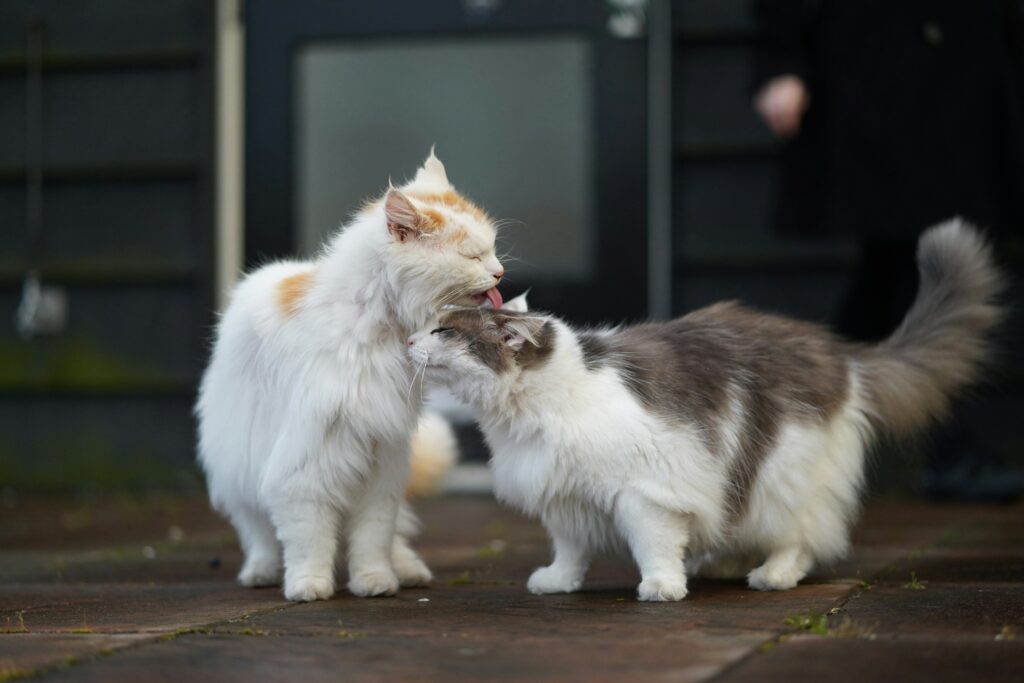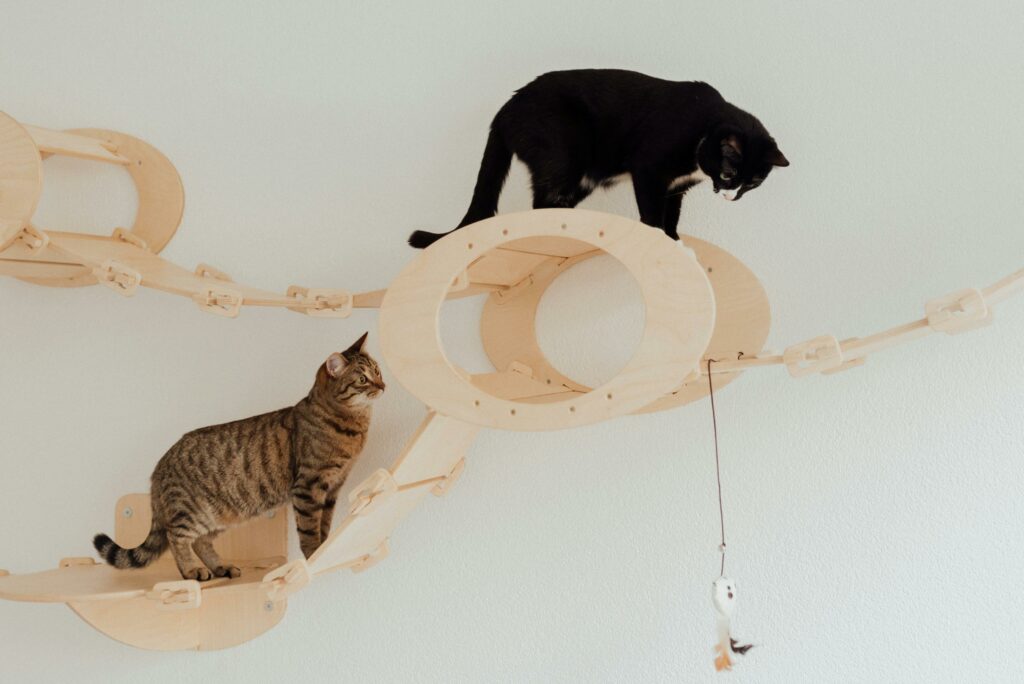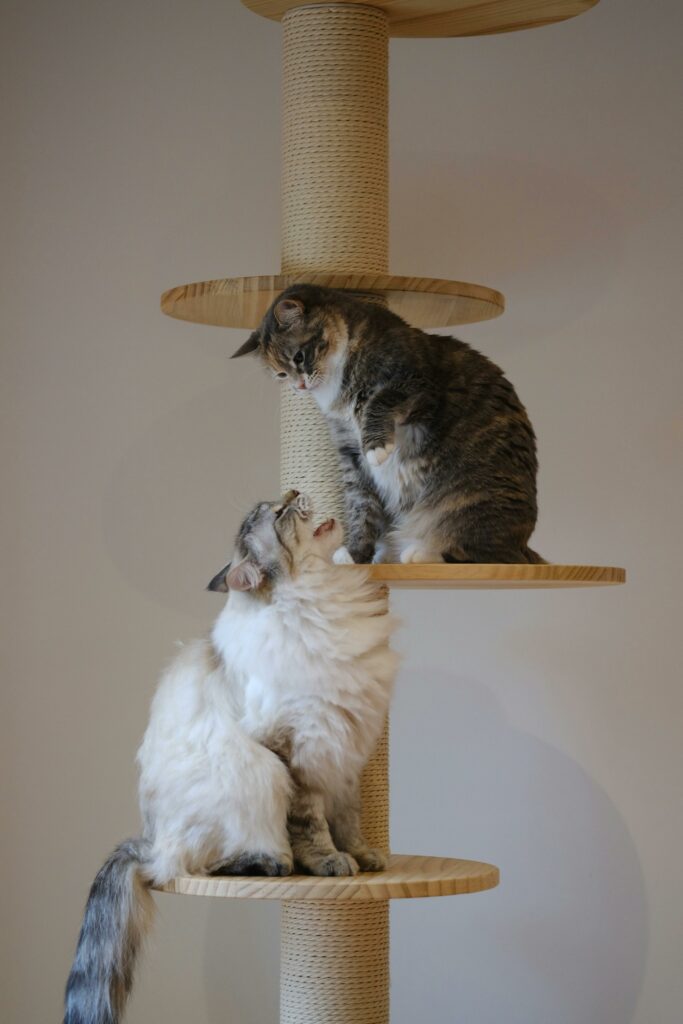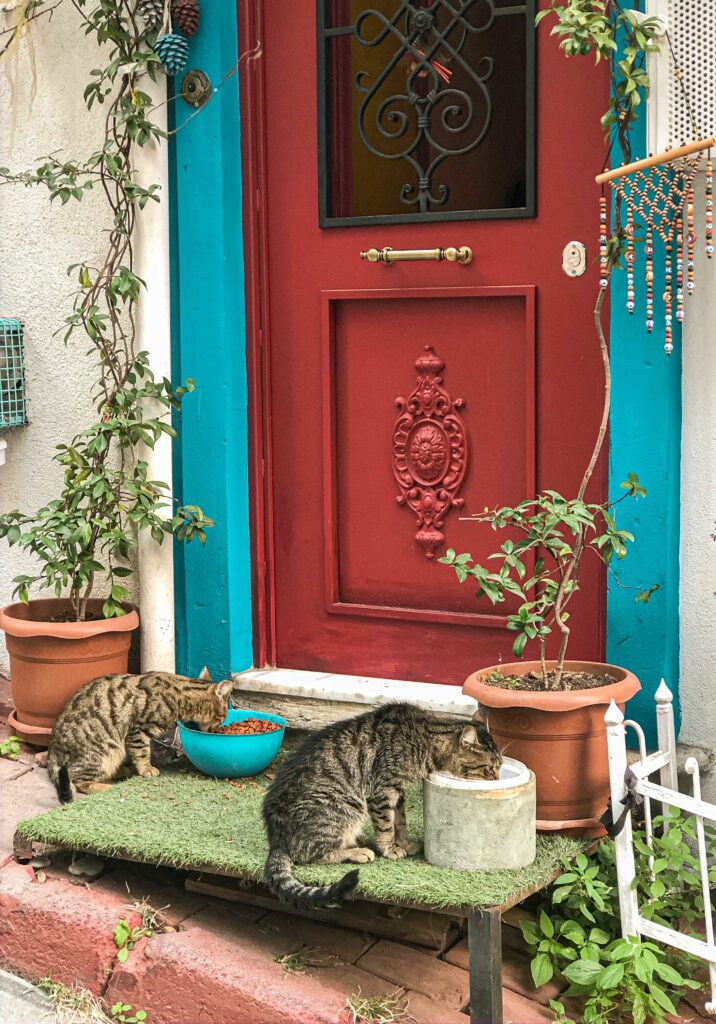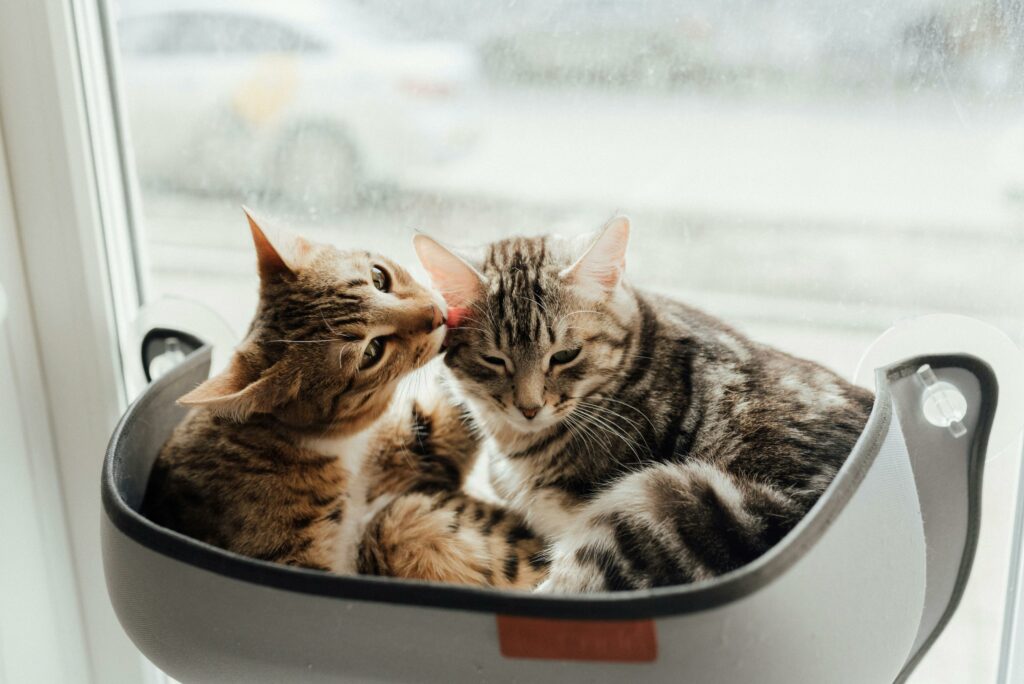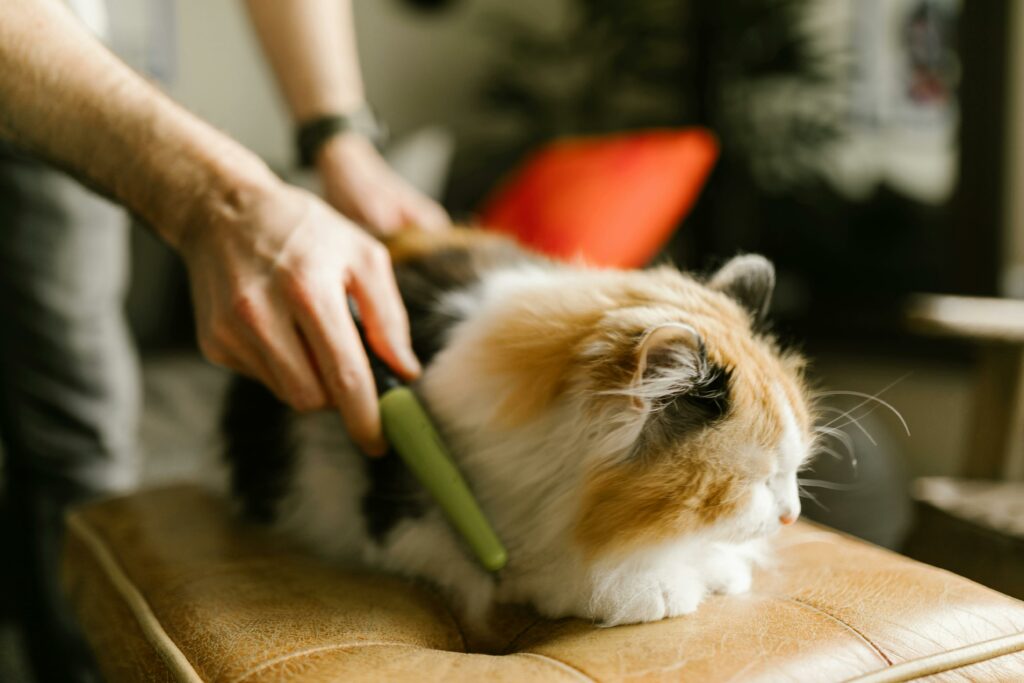
Singapore’s tropical climate, characterized by high humidity and consistent warmth, can exacerbate pet shedding. Managing this natural process is crucial for maintaining a clean home and ensuring your pet’s comfort and health. This article delves into effective strategies for pet shedding control in Singapore’s humid weather.
Understanding Shedding in Humid Climates
Shedding is a natural process where pets lose old or damaged fur. In humid climates like Singapore’s, this process can intensify due to factors such as:
Temperature Regulation: Pets shed to regulate body temperature. In warm, humid environments, shedding helps them stay cool.
Skin Health: Humidity can lead to skin issues, prompting increased shedding as the skin attempts to renew itself.
Seasonal Changes: Although Singapore does not have distinct seasons, variations in humidity levels can influence shedding patterns.
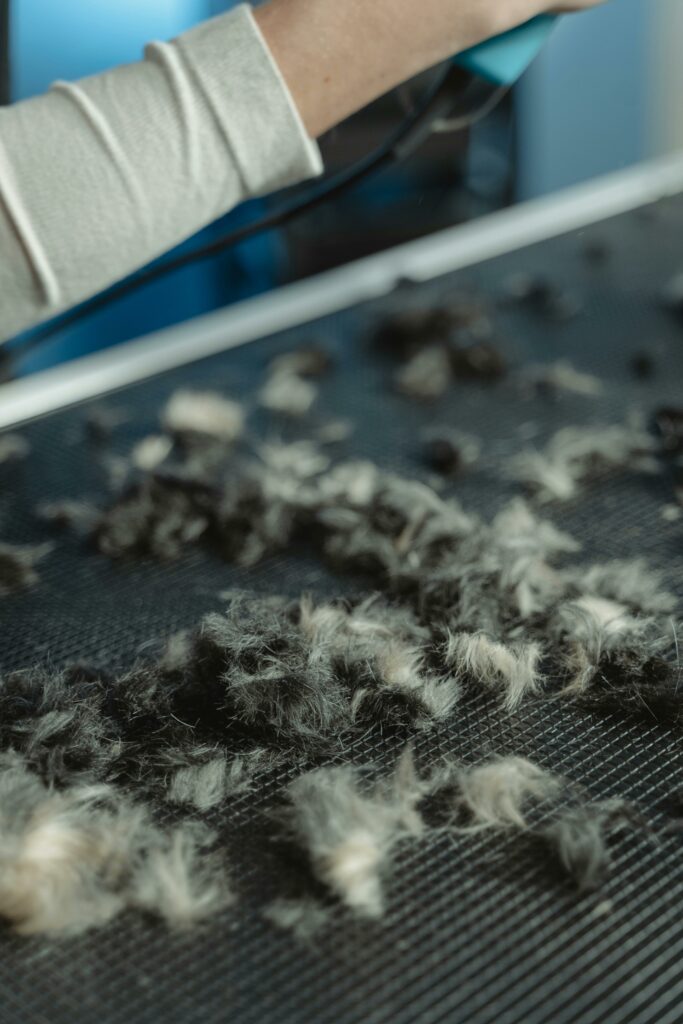
Effective Grooming Practices
Regular grooming is paramount in managing pet shedding. Key practices include:
1. Consistent Brushing
Regular brushing removes loose fur and prevents matting. The frequency of brushing depends on your pet’s breed and coat length:
Short-haired breeds: Once or twice a week is sufficient.
Long-haired breeds: Daily brushing is recommended to prevent tangles and excessive shedding.
2. Choosing the Right Grooming Tools
Using the right grooming tools enhances effectiveness:
Slicker brushes: Ideal for removing mats and loose hair.
Bristle brushes: Suitable for all coat types.
De-shedding tools: Specifically target the undercoat, where most shedding occurs.
3. Regular Bathing
Bathing your pet with moisturizing shampoos and conditioners keeps the coat clean and reduces shedding. It helps remove dead skin and hair, preventing mats and promoting a healthy coat. Use a gentle, pet-safe shampoo to avoid drying out their skin.
4. Professional Grooming
If managing shedding at home becomes overwhelming, professional grooming services offer de-shedding treatments tailored to your pet’s needs.
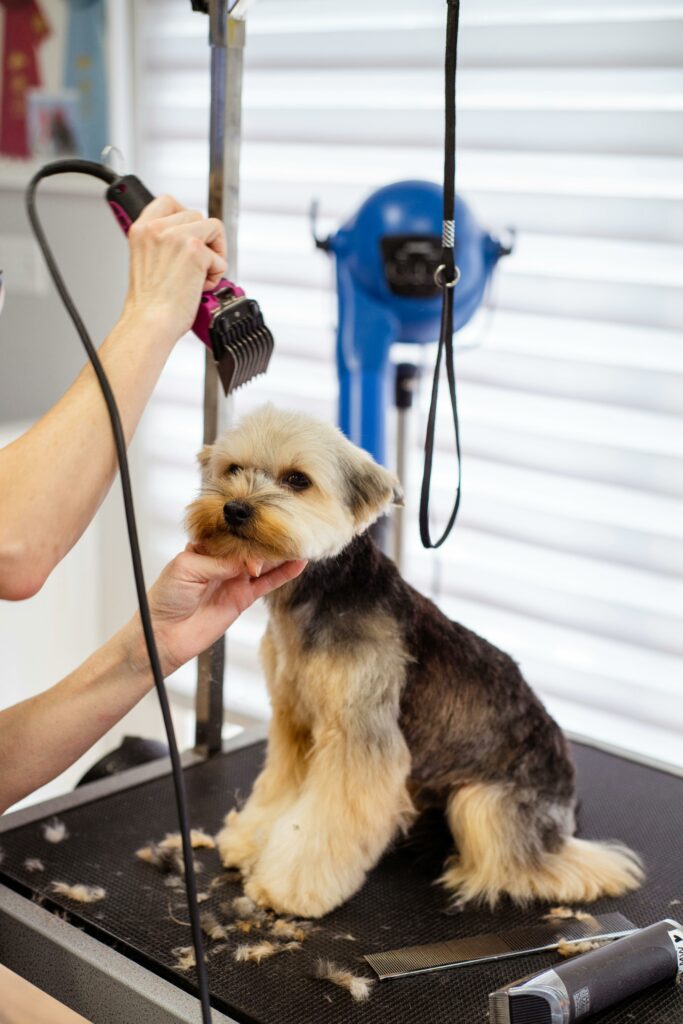
Diet and Nutrition
A balanced diet significantly impacts the health of your pet’s coat. Consider the following:
High-Quality Protein: Fur is primarily made of protein. Ensure your pet’s diet includes sufficient protein to support healthy fur growth.
Omega Fatty Acids: Omega-3 and omega-6 fatty acids enhance skin health and reduce excessive shedding. Foods such as fish, flaxseeds, and specially formulated pet food supplements can help.
Hydration: Provide fresh water at all times, as proper hydration maintains skin elasticity and fur health.
Vitamins and Minerals: Nutrients like biotin, zinc, and vitamin E contribute to a shiny, healthy coat and reduce excessive shedding.
Environmental Control
Managing your pet’s environment can also aid in shedding control:
Climate Control: Use fans or air conditioning to maintain a comfortable indoor temperature, reducing the need for your pet to shed excess fur.
Clean Living Spaces: Regularly clean your pet’s bedding, carpets, and favorite resting spots to remove accumulated fur and reduce allergens.
Humidity Management: Consider using a dehumidifier to maintain optimal indoor air quality, preventing skin irritation caused by excess moisture.

Identifying Health Issues Related to Shedding
Excessive shedding beyond normal seasonal changes may indicate underlying health issues. Common causes include:
Allergies: Environmental or food allergies can cause excessive shedding and skin irritation.
Parasites: Fleas, ticks, and mites can trigger shedding by irritating the skin.
Skin Infections: Fungal or bacterial infections may lead to increased hair loss.
Nutritional Deficiencies: Poor diet or malabsorption issues can result in excessive shedding.
Hormonal Imbalances: Conditions like hypothyroidism or Cushing’s disease can affect coat health.
If shedding seems excessive or is accompanied by bald patches, skin redness, or irritation, consult a veterinarian for a thorough evaluation.
Additional Tips for Managing Shedding
Routine Vet Check-ups: Regular veterinary visits help identify underlying health issues contributing to excessive shedding.
Minimize Stress: Stress can lead to increased shedding. Create a calm, predictable environment for your pet.
Proper Bedding: Use pet beds made from materials that trap loose hair and are easy to clean.
Vacuum Regularly: Invest in a pet-friendly vacuum cleaner to remove fur from carpets and furniture efficiently.
Lint Rollers and Fur Removers: Keep lint rollers or rubber gloves handy to remove fur from clothing and upholstery.
Conclusion

Managing pet shedding in Singapore’s humid climate requires a combination of regular grooming, proper nutrition, environmental adjustments, and professional assistance. By implementing these strategies, you can ensure your pet remains comfortable while maintaining a cleaner home.
References
Dog shedding | how to manage extra fur loss – https://www.pawshake.com.sg/blog/dog-shedding-how-manage-extra-fur-loss
Springtime Shedding: Managing Your Cat’s Coat During the Seasonal Change – https://www.wellnesspetfood.com/blog/springtime-shedding-managing-your-cats-coat-during-the-seasonal-change/
Reasons Your Cat Sheds A Lot – https://www.hillspet.com.sg/cat-care/healthcare/excessive-cat-shedding































